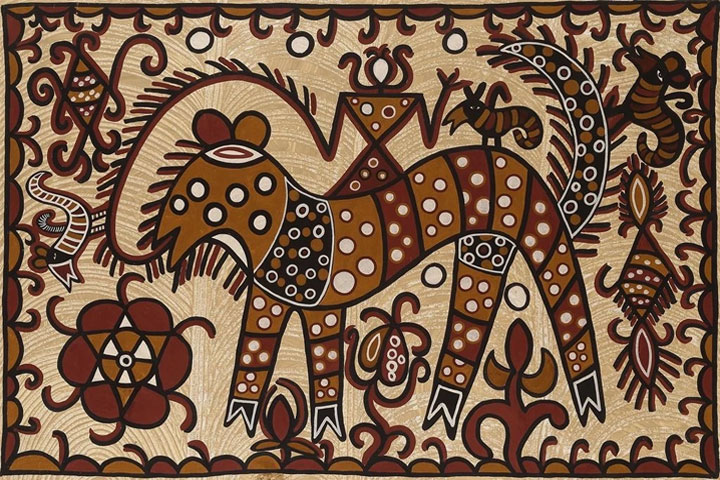CONTINUE...
PRINTMAKING
Printmaking is a visual art form that involves creating images or designs on a flat surface, such as a plate, block, or screen, and then transferring the image onto paper or another surface using ink or other pigments. Printmaking encompasses a range of techniques, including relief printing, intaglio, lithography, screen printing, and digital printing.
Relief printing involves carving away areas of a plate or block to create a raised surface that can be inked and pressed onto paper to create the image. This technique is used in woodcut, linocut, and other forms of relief printing.
Intaglio involves etching or engraving an image into a plate or block, which is then inked and pressed onto paper to create the image. This technique is used in engraving, etching, and other forms of intaglio printing.
Lithography involves drawing or painting directly onto a flat stone or plate with a greasy material, which is then treated with chemicals to create areas that will attract and repel ink. The plate is then inked and pressed onto paper to create the image.
Screen printing involves creating a stencil on a screen and using the stencil to block out areas of ink, which is then pressed through the screen onto paper or another surface to create the image.
Digital printing involves using a computer to create an image, which is then printed onto paper or another surface using a printer.
FLOK ART
Folk art is a type of art that is created by people who have no formal training in art, and who belong to a particular cultural group or community. It is often characterized by its traditional and cultural influences, as well as by its utilitarian or decorative function.
Folk art can take many forms, including painting, sculpture, textiles, ceramics, woodcarving, and other crafts. It is often created using locally available materials and tools, and can reflect the customs, beliefs, and values of the community from which it originates.
Folk art can be found in many cultures and regions around the world, and can vary widely in style and subject matter. It often incorporates motifs and themes that are specific to the culture or community in which it is created, and can reflect the social, political, and religious aspects of that community.
Folk art is often passed down through generations within a family or community, and can play an important role in maintaining cultural traditions and identity. It is also a popular form of tourism, as travelers often seek out folk art as a way of experiencing the local culture and traditions of a particular region.
Today, many artists and collectors value folk art for its unique and authentic expression of cultural identity and creativity, and folk art continues to be a significant and vibrant aspect of the global art scene.


Comments
Post a Comment